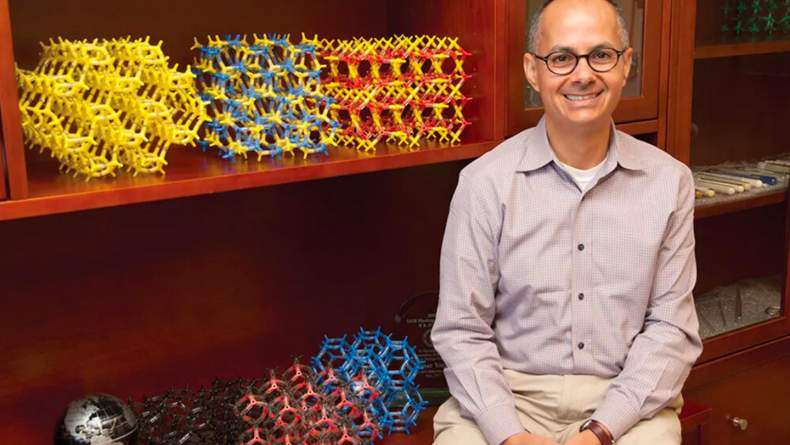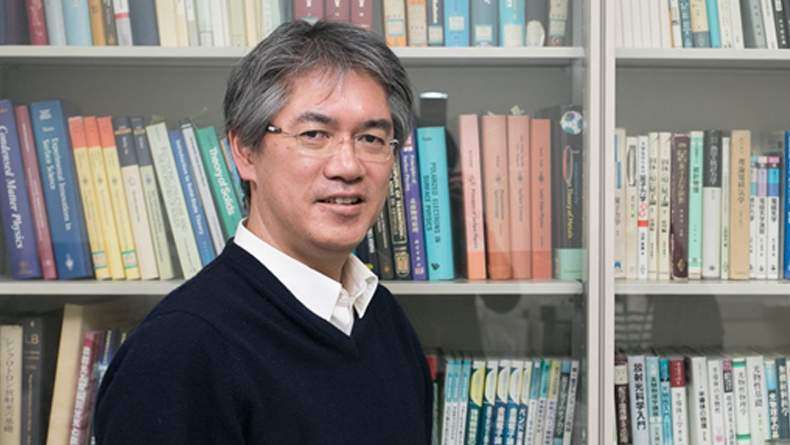BCMaterials Fortnightly Seminar #83 Manuel Salado - Virginia Vadillo

MANUEL SALADO
(BCMATERIALS)
Introduction to Perovskite solar cells
In recent years, perovskite solar cells (PSCs), has stunned the PV field, by the tremendous research interest owing to their unique combination of high performance and low-cost fabrication process. Compared with the existing technology, PSCs have demonstrated its potential by establishing an unprecedented increment in the PCE from 3.8% to >22.7% (http://www.nrel.gov/ncpv/) in almost one decade. Despite considerable and successful research efforts to increase the PCE, relatively little progress has been made towards increasing the stability of these materials. Different strategies, such as crosslinking, doping, shielding with molecularly designed materials or enveloping the perovskite molecular structure in a foreign chemical environment, have been reported for improved humidity and UV-induced degradation. However, increases in stability generally result in reduced PCEs. The problem of stability was partially overcome with the use of mixed perovskites, but these materials still cannot fulfil the commercial requirements. On the other hand, the microstructure and phase purity of the films rely on the perovskite formation processes. A variety of different deposition techniques have been used with the aim to achieve high quality perovskite layer, such as, two step (sequential deposition), vacuum evaporation, vapour-assisted deposition or recently solvent engineering approach. In this talk, an introduction of the properties, deposition and characterization techniques of perovskite solar cell will be explained.
VIRGINIA VADILLO
(BCMATERIALS)
High magnetization nanoparticles for magnetorheological fluids application
The aim of this project is to prepare nanoparticles with high saturation magnetization to develop magnetic fluids with high magnetorheological effect. FeCo nanoparticles present the highest magnetization known. However, they are very reactive and they can form aggregates. It will be employed chemical and physical methods to synthetize stable FeCo nanoparticles. Sol-gel, hydrothermal and polyol will be used as chemical methods and ball milling and laser bombing as physical methods. The shape, size and the structure of the nanoparticles will be measured with SEM, EDX and XRD. The magnetic properties will be studied by means of VSM. The most interesting nanoparticles will be employed for the magnetorheological fluids.
Related news
Omar Yaghi recibe el premio Nobel de Química
El profesor Omar M. Yaghi, miembro hasta hace pocos meses del Comité Asesor Internacional de BCMaterials, recibió el miércoles, 8 de octubre, el premio Nobel de Química por su decisiva contribución...Charla invitada con César Fernández Sánchez (7 de octubre)
El próximo 7 de octubre, a partir de las 11:00 horas, BCMaterials acogerá una nueva cita de su ciclo de charlas invitadas. En esta ocasión, el protagonista será César Fernández Sánchez, investigador...Charla invitada con Akio Kimura (3 de octubre)
BCMaterials ofrecerá una nueva charla invitada a cargo de Akio Kimura, profesor de la Escuela de Posgrado de Ciencias Avanzadas e Ingeniería de la Universidad de Hiroshima (Japón) El evento tendrá...BCMaterials da comienzo a cuatro nuevos proyectos del programa Generación de Conocimiento
BCMaterials desarrollará cuatro nuevos proyectos de investigación dentro del programa Generación de Conocimiento, financiado por el Ministerio de Ciencia, Innovación y Universidades. Los proyectos...



